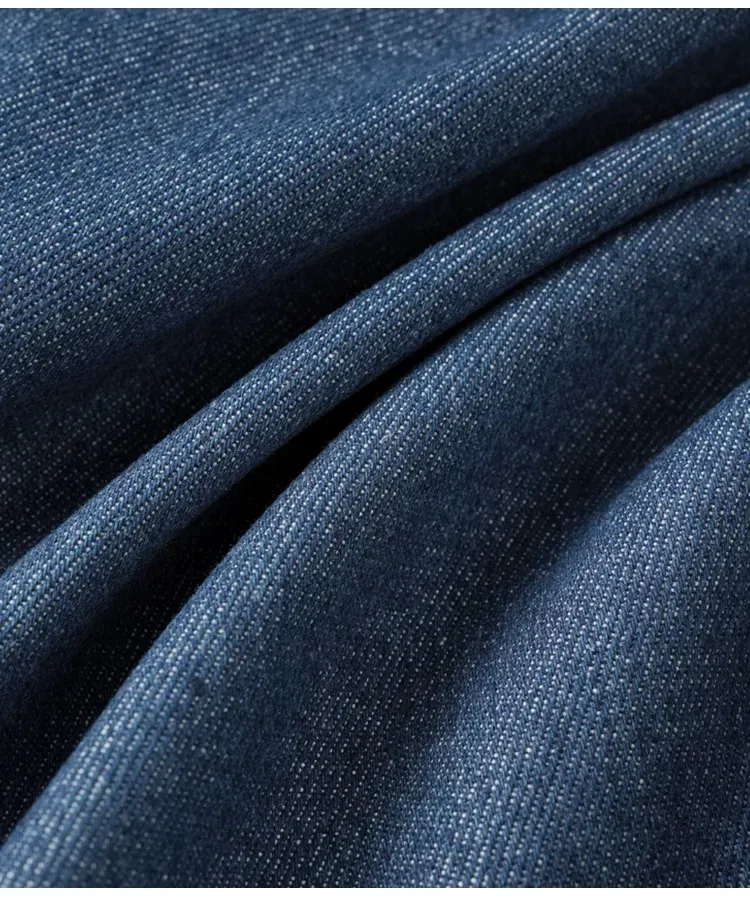The Legacy and Craftsmanship of Indigo Blue
Indigo blue is a color steeped in history and innovation, representing a timeless hue that transcends cultures and generations. Its story begins with ancient civilizations and evolves through modern manufacturing, showcasing its unique origin, production, and enduring appeal. This article delves into the fascinating journey of indigókék, exploring its historical evolution, natural and synthetic sources, and the intricate processes behind its creation.

The Origin and Historical Evolution of Indigo Blue
The history of indigókék is as rich and vibrant as the color itself. Tracing back thousands of years, the earliest evidence of indigo dye was found in ancient textiles from Egypt, India, and Mesopotamia. In these cultures, indigókék was not merely a color but a symbol of wealth, status, and artistry.
India is often credited as the birthplace of indigo dye, where the Indigofera plant thrived in abundance. Farmers extracted dye from the plant through a labor-intensive fermentation process, turning its green leaves into the signature deep indigókék hue. Indian textiles dyed with indigókék became highly sought-after trade goods, influencing fashion and art across Europe, Asia, and Africa.
As trade routes expanded, the popularity of indigo dye soared. During the 16th century, it became a cornerstone of the global textile market. European colonial powers established vast indigo plantations in regions like the Caribbean and South America, where enslaved labor was exploited to produce what was often referred to as "blue gold." Despite its dark past, indigókék remained a symbol of elegance and innovation.
In modern times, indigo dye has achieved iconic status in the fashion world, particularly through its use in denim. Indigo dye for jeans represents durability and style, embodying a perfect balance of tradition and trend.
The Natural Source and Synthesis of Indigo Blue
Historically, indigókék was derived from natural sources, primarily the Indigofera plant. Farmers harvested the plant's leaves and subjected them to a fermentation process, which converted natural compounds into indigotin, the active ingredient in indigo dye. This natural dyeing method created vibrant hues while maintaining a connection to the earth’s resources.
With the advent of industrialization, the demand for indigókék outpaced the availability of natural sources. In 1865, German chemist Adolf von Baeyer synthesized indigotin, marking the beginning of synthetic indigo dye production. Today, indigo blue powder is created in laboratories using advanced chemical processes, ensuring consistent quality and availability.
Synthetic indigókék offers several advantages, including reduced dependency on agricultural resources and the ability to produce large quantities efficiently. However, natural indigo dye remains a popular choice among eco-conscious consumers and artisans who value its organic origins and sustainable properties.
The Production Process of Indigo Blue
Creating indigókék is a meticulous process that combines science and craftsmanship. Whether derived from natural plants or synthesized in labs, the production of indigo dye requires expertise and precision.
For natural indigo dye, the process begins with harvesting Indigofera leaves. These are soaked in water to initiate fermentation, which releases indican, the precursor to indigotin. Once fermented, the liquid is aerated to oxidize the compound, turning it into a vibrant blue precipitate. This is then dried and ground into indigo blue powder for textile dyeing.
The synthetic production of indigókék involves chemical reactions to create indigotin molecules. This method ensures consistency in color and purity, meeting the stringent requirements of modern textile industries. The resulting indigo blue powder is easy to store, transport, and use, making it a practical choice for large-scale manufacturing.
The dyeing process itself is a work of art. Fabrics are dipped into a water-soluble indigo solution, which is created by reducing the insoluble indigotin compound. Once the fabric is removed from the dye bath and exposed to air, oxidation occurs, restoring the deep indigókék shade. This technique allows for layered, textured effects, giving each piece a unique character.
Why Indigo Blue is an Enduring Choice
The enduring popularity of indigókék lies in its unmatched versatility, historical depth, and vibrant color. From its humble beginnings as a plant-based dye to its sophisticated synthetic forms, indigo dye continues to captivate industries and individuals alike.
Whether used for indigo dye for jeans, high-fashion garments, or artisanal crafts, indigókék is more than just a color—it’s a legacy of innovation, artistry, and sustainability. Its ability to adapt to changing times while maintaining its unique identity ensures that indigókék will remain a cornerstone of textiles and design for generations to come.
-
The Timeless Art of Denim Indigo Dye
hírekJul.01,2025
-
The Rise of Sulfur Dyed Denim
hírekJul.01,2025
-
The Rich Revival of the Best Indigo Dye
hírekJul.01,2025
-
The Enduring Strength of Sulphur Black
hírekJul.01,2025
-
The Ancient Art of Chinese Indigo Dye
hírekJul.01,2025
-
Industry Power of Indigo
hírekJul.01,2025
-
Black Sulfur is Leading the Next Wave
hírekJul.01,2025

Kénfekete
1.Name: sulphur black; Sulfur Black; Sulphur Black 1;
2.Structure formula:
3.Molecule formula: C6H4N2O5
4.CAS No.: 1326-82-5
5.HS code: 32041911
6.Product specification:Appearance:black phosphorus flakes; black liquid

Bromo Indigo; Vat Bromo-Indigo; C.I.Vat Blue 5
1.Name: Bromo indigo; Vat bromo-indigo; C.I.Vat blue 5;
2.Structure formula:
3.Molecule formula: C16H6Br4N2O2
4.CAS No.: 2475-31-2
5.HS code: 3204151000 6.Major usage and instruction: Be mainly used to dye cotton fabrics.

Indigo Blue Vat Blue
1.Name: indigo blue,vat blue 1,
2.Structure formula:
3.Molecule formula: C16H10N2O2
4.. CAS No.: 482-89-3
5.Molecule weight: 262.62
6.HS code: 3204151000
7.Major usage and instruction: Be mainly used to dye cotton fabrics.

